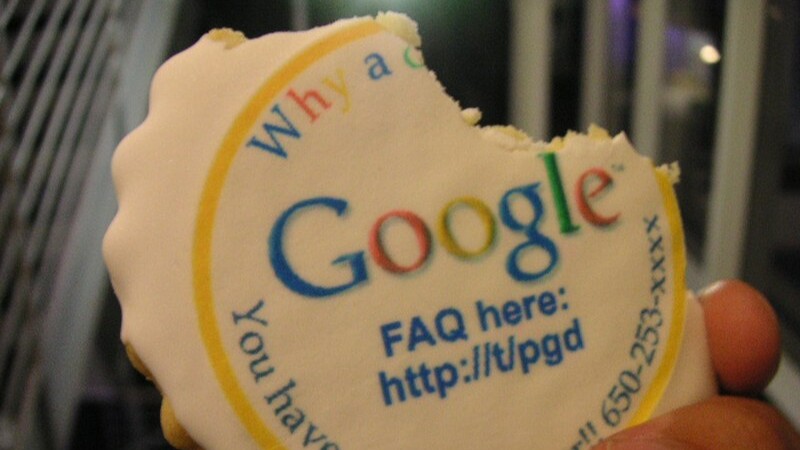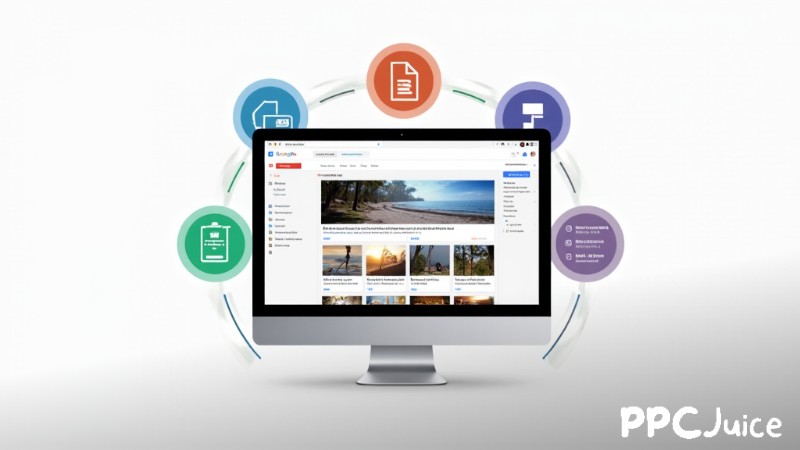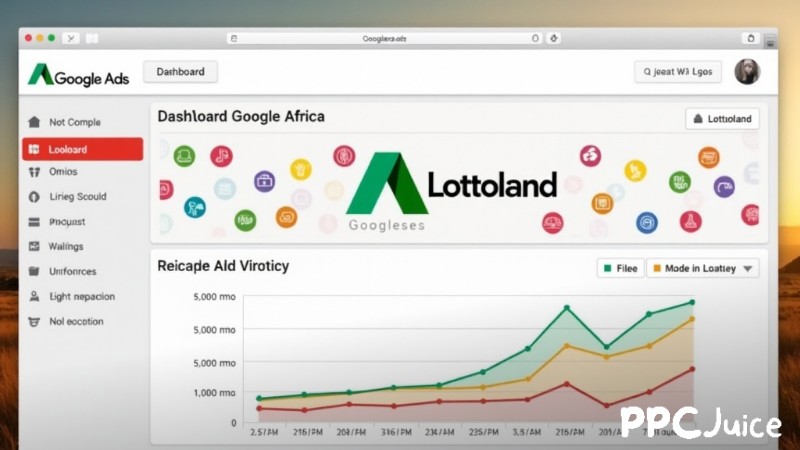
Google’s journey to phase out third-party cookies from Chrome has been anything but straightforward. First announced with great certainty, the initial decision to eliminate these cookies from Chrome was seen as a bold step towards a more privacy-focused internet. Marketers braced for impact, preparing to pivot towards first-party data and new tracking methods.
Then came the delays. Initially set for 2022, the phase-out was pushed to 2024, giving advertisers a brief sigh of relief. Yet, just when strategies were being adjusted, Google extended the timeline once more, targeting 2025 for the final removal. Advertisers and regulators alike voiced concerns about the impact of personalized ads and competition, leading to growing skepticism.
The biggest twist came when Google officially abandoned the complete removal of third-party cookies, instead choosing to enhance user control over cookie tracking within Chrome. This unexpected reversal left marketers questioning how to move forward. Should they still invest in cookieless strategies or continue leveraging third-party data while it lasts?
Navigating uncertainty in PPC advertising
This push-and-pull decision by Google didn’t just spark debate; it sparked uncertainty. Digital advertisers had spent years adapting to a cookieless future, focusing on robust first-party data collection and privacy-first marketing strategies.
Tools like Google Ads for eCommerce became essential for small businesses aiming to stay targeted while respecting user privacy. Partnering with the best PPC agency also proved invaluable to navigate these shifting sands.
The final decision may seem like a breather, but it underscores a crucial point: the digital advertising landscape is unpredictable. As privacy regulations evolve and tech giants reassess their approaches, marketers must stay flexible, ready to pivot whenever new changes arise. In this dynamic environment, staying ahead means embracing first-party data strategies while being prepared for whatever comes next.

